A brief window in the weather last weekend gave us the chance to sow the first peas, plant artichokes and cardoons, and spread some compost on our best-draining, south-facing slopes before the rains returned. With kale and cabbages coming to an end, leeks starting to run to seed, and rain preventing us from planting, the Hungry Gap (between last season’s crops ending and spring-planted crops maturing) could be a long one this year.
It always amazes me how much earlier crops arrive on our farm in the French Vendée. Temperatures are not yet significantly higher, but it has much better light, and sandy soils, which drain and warm faster. We are already harvesting the first Butterhead lettuce, lamb’s lettuce, and pak choi, with Little Gems and chard not far behind. After 12 years, the farm has become a vital part of Riverford’s strategy for maintaining quality and variety in our organic veg boxes over the next three months – while reducing the need to truck veg four times as far, from the south of Spain or Italy.
During the Hungry Gap, we also turn to Devon’s deciduous woods to forage wild garlic. The best woods are invariably ancient, where centuries of falling leaves and undisturbed soil have created the rich, soft humus that supports rapid and lush growth of this pungent and succulent herb.
Within a fortnight, regrowth makes it hard to see which areas have been picked – and, provided that we do not pick too heavily, there is no lasting impact. I have become convinced that, with careful management, wild garlic is the most sustainable food in our boxes. It is perhaps the ultimate agroecological ‘land sharing’: producing a wonderful supplement to our food, while preserving the ancient woodland that once covered lowland Britain.
Wild garlic makes a great pesto, or can be stirred into soups and stews just before serving – but my favourite is to roughly chop it and add it to an omelette. You will be able to add wild garlic to your Riverford order for another two or three weeks before it is shaded out by the developing tree canopy above.
To those who would rather forage for their own, look out for the toxic lords-and-ladies and dog’s mercury that share the same habitat. The next month is also the best time to forage for nettles, sorrel, alexanders, and rock samphire. They, at least, all love a damp and gloomy spring.

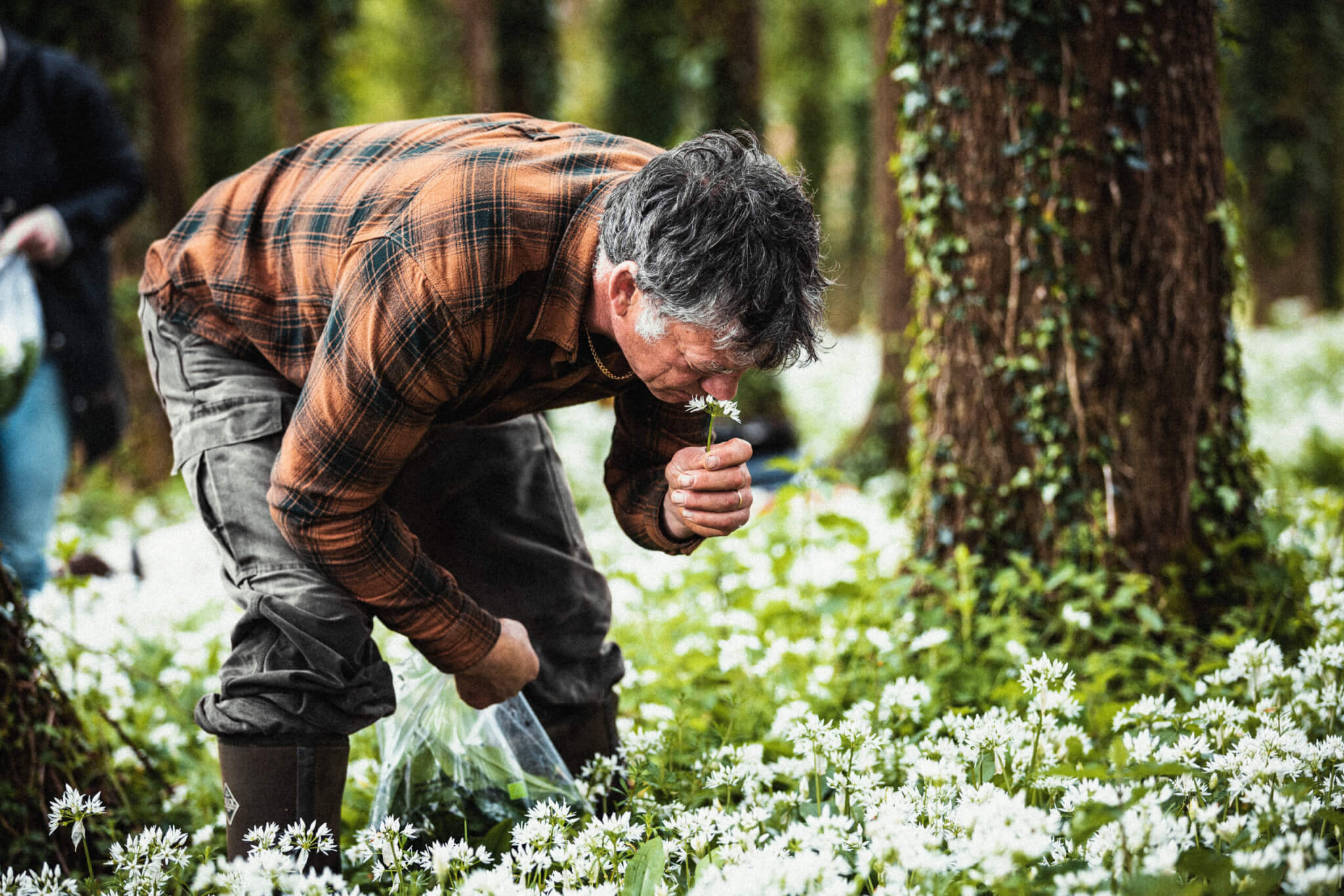
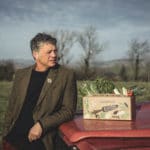
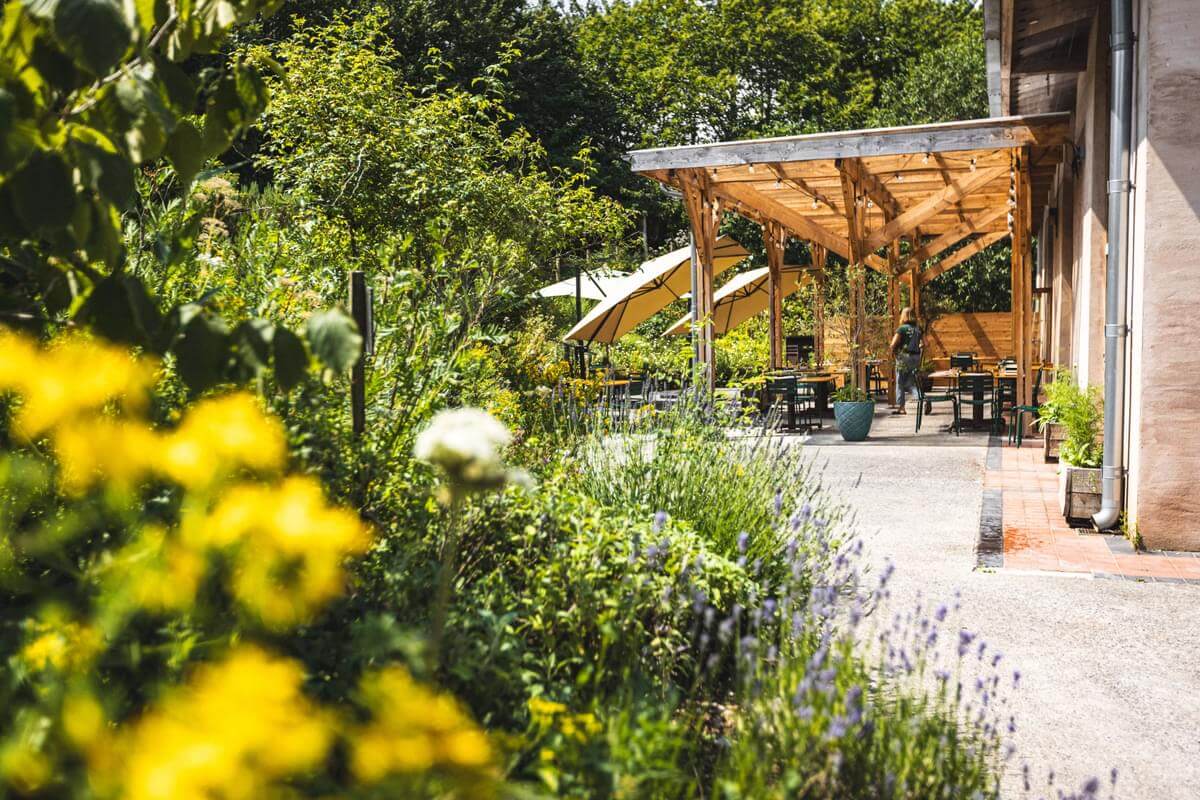

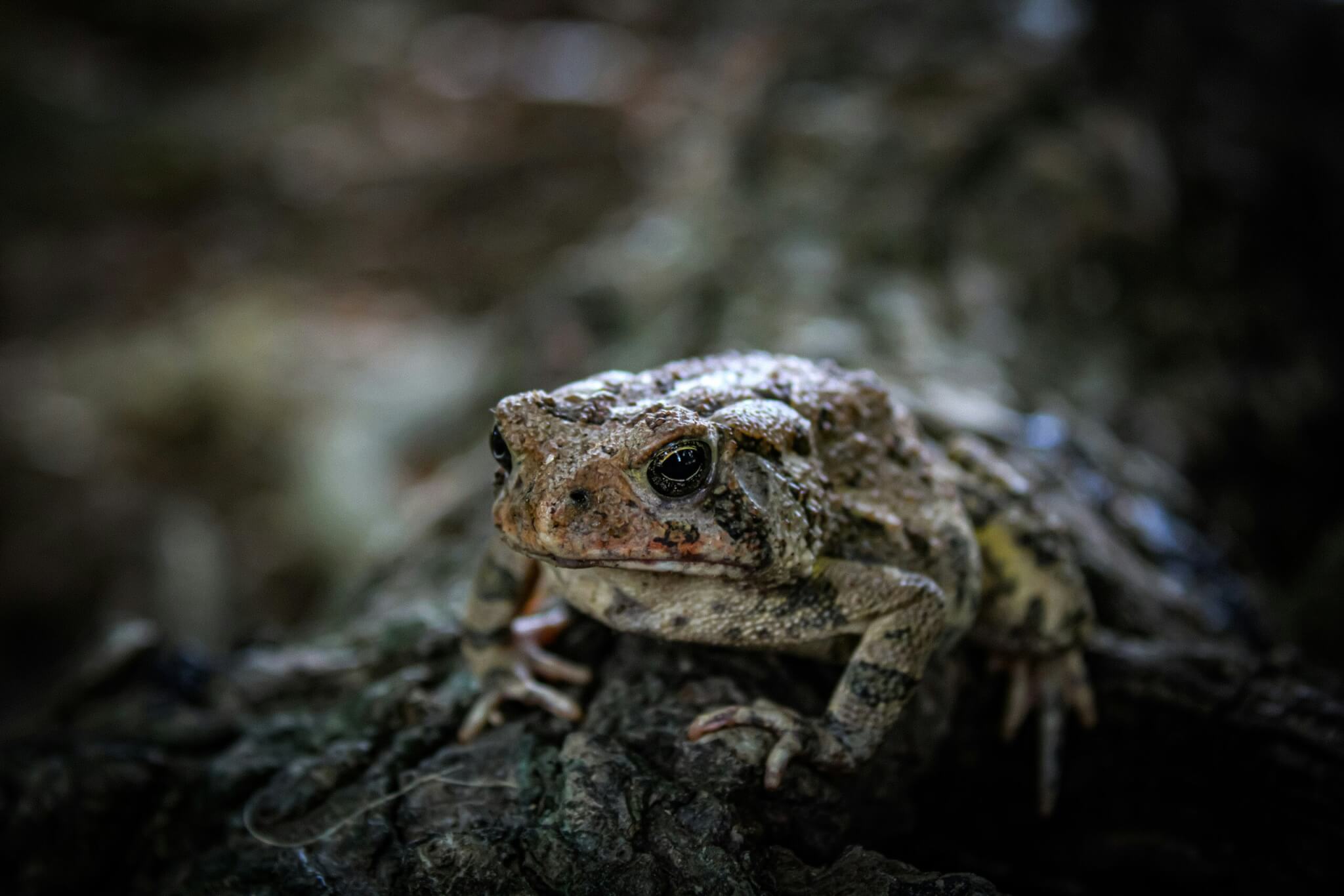
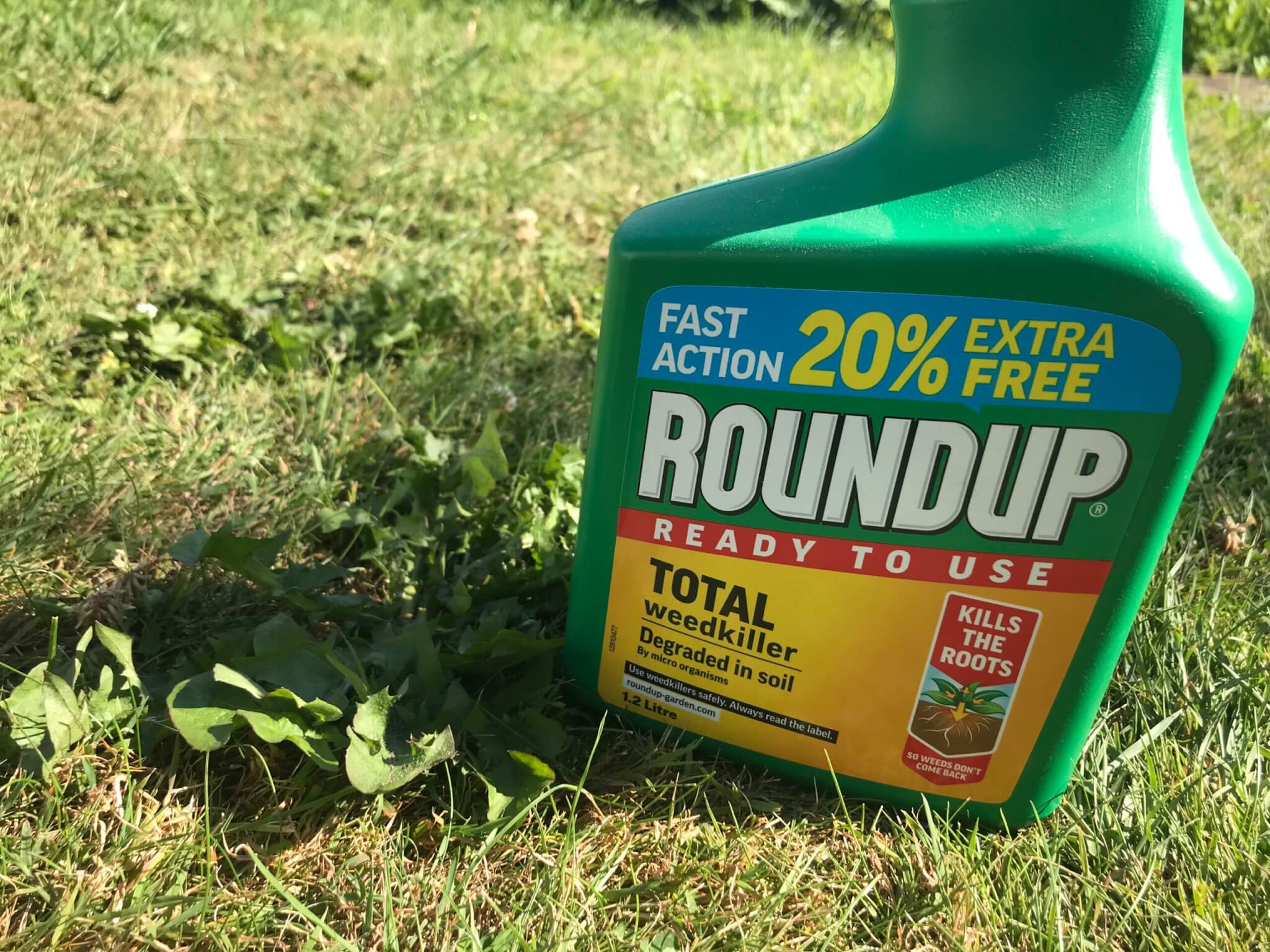







0 Comments